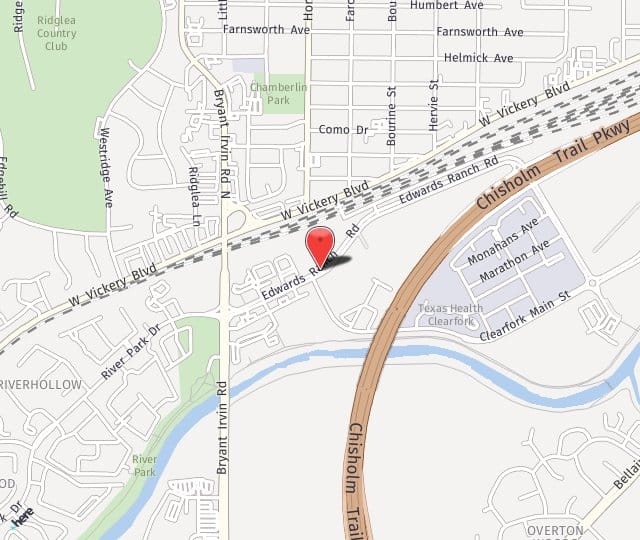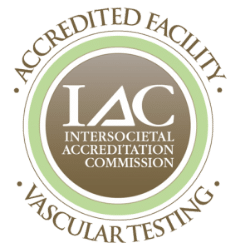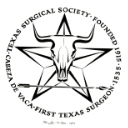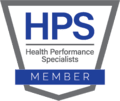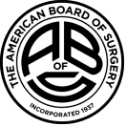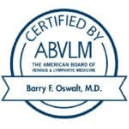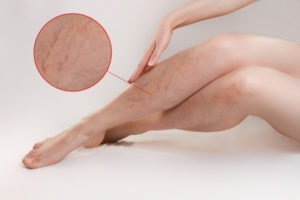
Varicose veins are the enlarged, twisted veins that have become dilated and overfilled with blood. Because of this, they push up, raising the skin above them. Since they are carrying deoxygenated blood, varicose veins usually have a bluish-purple color. They can become painful, even dangerous, although they are often simply a cosmetic problem.
Patients wonder why they have varicose veins when a friend their same age doesn’t. It all comes down to risk factors. And we’ll get into that in this last blog of 2021.
Dr. Oswalt has various treatments for addressing varicose veins, and now that we’re coming into a New Year, it’s a great time to take care of them during a Fort Worth winter.
What causes varicose veins?
Veins are the pathways for de-oxygenated blood to return to the heart. Unfortunately, in the legs the veins have to fight gravity the entire way. When we’re young, our muscles and tissues are strong and squeeze the veins to help push the blood through them. But as these tissues slacken with age, they no longer provide the same support for the veins. Also, the vein walls weaken. This combination can allow the blood to flow backwards or pool. This can either push the vein wall outward or cause the vein to begin to take a meandering, curving path, instead of its former straighter course. This is how varicose veins form.
Are there risk factors for developing varicose veins?
There are various reasons a person is more prone to developing varicose veins:
- Age — Risk increases with age. This is because the support tissues aren’t as strong, so they don’t provide the same aid to the veins squeezing the blood upward in the legs. Also, the veins themselves become a little less rigid. Finally, a lifetime of use causes some of the vein valves that prevent backflow to malfunction. This backflow allows blood to pool, enlarging the vein.
- Sex — Women are more likely to develop varicose veins during pregnancy, pre-menstruation, or menopause. This is because female hormones tend to relax the vein walls.
- Pregnancy — During pregnancy, the volume of blood in the woman’s body increases. This blood supports the fetus, but it can also lead to varicose veins, as do the hormonal changes of pregnancy.
- Family history — If other family members develop varicose veins, it’s more likely you will, as well.
- Obesity — Being overweight places added pressure on your veins.
- Standing or sitting for long periods of time — If you remain in the same position for long periods of time, blood doesn’t flow as well.
Interested in addressing your varicose veins after the holidays? Call Dr. Oswalt at Fort Worth Vein Center, (817) 536-9600, to set up an appointment.

